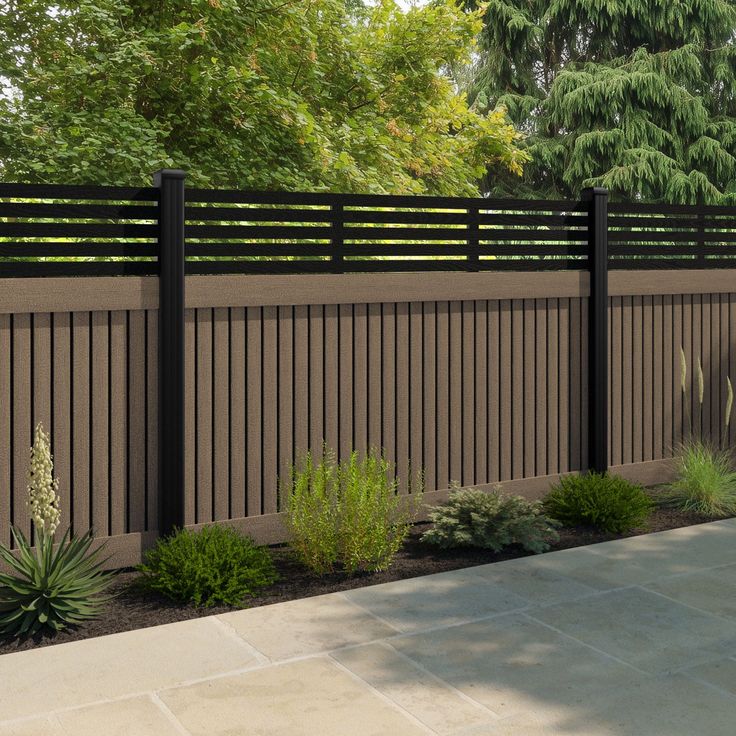Rural properties, whether sprawling farms, expansive ranches, or large acreage homesteads, present unique fencing challenges and opportunities. Y posts, with their inherent durability, cost-effectiveness, and ease of installation, are an excellent foundation for a variety of fencing systems tailored to the specific needs of these environments. Leveraging Y posts effectively can help manage livestock, define boundaries, enhance security, and even contribute to the aesthetic of the landscape.
1. Livestock Containment Fences
Perhaps the most common application for Y post on rural properties is livestock containment. The choice of wire and post spacing will depend heavily on the type of animals being managed.
- Cattle and Horses (Barbed Wire or High-Tensile Plain Wire): For larger, stronger animals, a robust fence is essential. A common setup involves 4-5 strands of barbed wire, or 3-4 strands of high-tensile plain wire, tensioned tightly. Y posts can be spaced 12 to 16 feet apart (3.6 to 4.8 meters) in flat terrain, with closer spacing on uneven ground or in areas where animals might exert more pressure. Corner and gate posts require significant bracing to handle the tension.
- Sheep and Goats (Woven Wire Mesh): These animals are notorious for finding gaps. Woven wire mesh (field fence or netting) is ideal, as it prevents them from pushing through or climbing. Y posts should be spaced more closely, typically 8 to 12 feet apart (2.4 to 3.6 meters), to ensure the mesh remains taut and close to the ground. A strand of barbed wire at the top can deter climbing, and a bottom strand can prevent digging.
- Rotational Grazing (Electric Fence): For efficient pasture management, electric fences are highly effective. Y posts can serve as the main support posts, spaced widely (e.g., 30-50 feet or 9-15 meters), with lighter intermediate posts (like fiberglass) used to prevent wire sag. Multiple strands of electric wire at different heights can be used for various animal types. Insulators are crucial to prevent the current from grounding through the steel posts.
2. Property Boundary and Perimeter Fences
Defining property lines is critical for legal and practical reasons. Y post fences offer a clear and durable solution.
- Simple Demarcation (Plain Wire): For basic boundary marking where containment isn’t the primary goal, 2-3 strands of high-tensile plain wire can be used. Posts can be spaced more widely, perhaps 20 feet (6 meters) or more, especially if the terrain is flat and the fence is not expected to withstand significant pressure.
- Enhanced Security (Barbed Wire or Combination): If the boundary fence also needs to deter trespassers, multiple strands of barbed wire are effective. A common configuration is a “five-strand” fence with Y posts spaced 12-16 feet apart. Combining barbed wire with a bottom strand of plain wire or a small section of woven wire can provide a more comprehensive barrier.
3. Wildlife Exclusion Fences
Protecting crops, gardens, or specific areas from wildlife often requires specialized fencing.
- Deer Fencing: Deer can jump surprisingly high. A Y post fence for deer might involve tall Y posts (e.g., 7-8 feet) with multiple strands of high-tensile plain wire or specialized deer netting. Spacing can be wider, as the height is more important than extreme tautness. An electric offset wire can be added for extra deterrence.
- Small Animal Exclusion: For smaller pests like rabbits or groundhogs, a Y post fence with a fine-mesh woven wire (like chicken wire or hardware cloth) buried partially underground (a “skirt”) is effective. Posts would need to be spaced closely to support the mesh.
4. Utility and Temporary Fencing
Beyond permanent installations, Y posts are invaluable for temporary or utility purposes.
- Temporary Paddocks/Enclosures: For short-term animal management or separating areas, Y posts can be quickly driven and removed. Lightweight polywire and portable electric fencers make this a highly flexible option.
- Garden and Orchard Protection: Y posts can support netting or wire to protect vegetable gardens, fruit trees, or berry patches from deer, rabbits, or birds. The spacing can be adapted to the specific netting or wire used.
- Construction Site Barriers: While not their primary use, Y posts can be quickly installed to support temporary safety netting or caution tape around construction zones on rural properties.
When planning any Y post fence, always consider the terrain, the specific animals or threats you are managing, your budget, and local regulations. Proper installation, including robust bracing for tensioned sections, will ensure your rural property fence stands strong for years to come.


